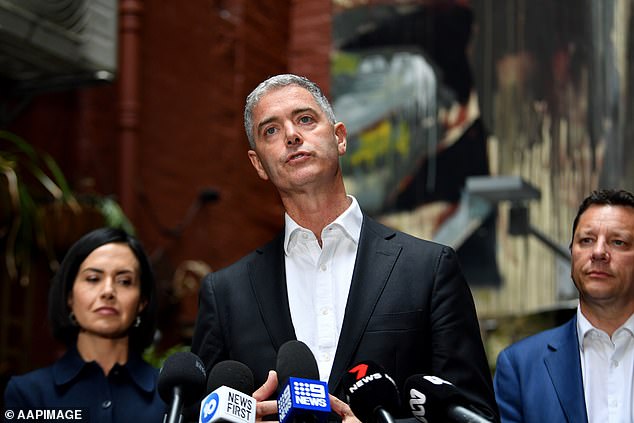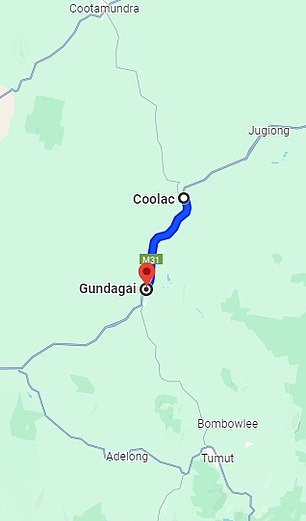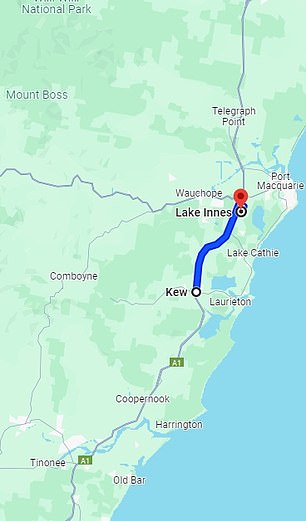NSW: Major change to way point-to-point speed cameras are used puts millions of drivers on notice
Soon, cameras for speed control will keep an eye on all cars, not just heavy vehicles. If a new trial proves successful, it could lead to fines and other penalties.
New South Wales Roads Minister John Graham announced at a press conference on Sunday that the state would soon begin a six-month trial of the modifications to two highways.
Point-to-point speed cameras, also known as average speed cameras, keep track of how long it takes a vehicle to travel from one distance to another.
According to Mr Graham, these cameras prevent motorists from slowing down momentarily, as is the case with a mobile traffic camera that only records the speed of a vehicle as it passes.
The test locations will be a 15km section on the Pacific Highway between Kew and Lake Innes in Port Macquarie, and another 16km section between Coolac and Gundagai in the Hume Highway.
If the trials prove successful, the change could be rolled out statewide in an effort to reduce tax burdens. rising death toll.
“NSW is the only jurisdiction in the world that uses average speed enforcement, but its use is limited to heavy vehicles,” Graham said.
‘Given the rising number of road deaths, now is the time to test these cameras on light vehicles. This way we can investigate whether we can keep more people safely on the road for longer.’
Point-to-point speed cameras will follow all cars along two sections of regional highway in NSW in a bid to reduce the number of fatalities on the state’s roads

NSW Roads Minister John Graham announced the six-month trial on Sunday
Mr Graham said New South Wales was lagging behind other states and countries that already use fixed speed cameras on all vehicles.
“All other Australian states and countries such as the UK, Norway, Italy and the Netherlands have found that speed checks are effective and we want to be as strict as possible to ensure they also reduce traffic congestion in New South Wales,” he said.
The process will focus on regional NSW because speeding is ‘a bigger problem’ in those areas and the infrastructure is already there.
Mr Graham said although only a third of the state lives in regional New South Wales, two-thirds of road deaths occur there.
Between 2018 and 2022, the two pilot areas registered six road deaths and 33 seriously injured.
Speeding has been linked to 44 percent of cases in the state road deaths in 2023. Here too, three-quarters of these deaths occurred in regional areas.
From September 227 More deaths have been recorded on NSW roads, compared to 225 at the same time in 2023.
In the 60 days leading up to the point-to-point speed camera trial, drivers who exceed the speed limit will receive a written warning instead of a fine.
After that time, however, Financial penalties and permit fines are imposed.


Two locations to run six-month trial before permanent changes are made to NSW speed camera legislation
Start dates for the trials have not yet been announced, but Graham said clear signs will be placed in affected areas to warn drivers of the rule change.
Legislation is needed to start the trials or make them the new law, but Graham said he was confident this would happen and they would become permanent.
Sydney already has 37 existing point-to-point camera systems covering the city’s toll roads up to and including a 94km stretch of the Newell Highway in the state’s west.
For now, these cameras only monitor heavy vehicles.
Tasmania is the only other state in Australia not to use point-to-point cameras, but the state government has raised the possibility of launching its own trial.
The changes in NSW were presented at a road safety forum in Sydney in April, attended by 155 experts.
Another recommendation from the experts was to warning signs when approaching fixed and mobile speed cameras, but that proposal has not been discussed since then.
